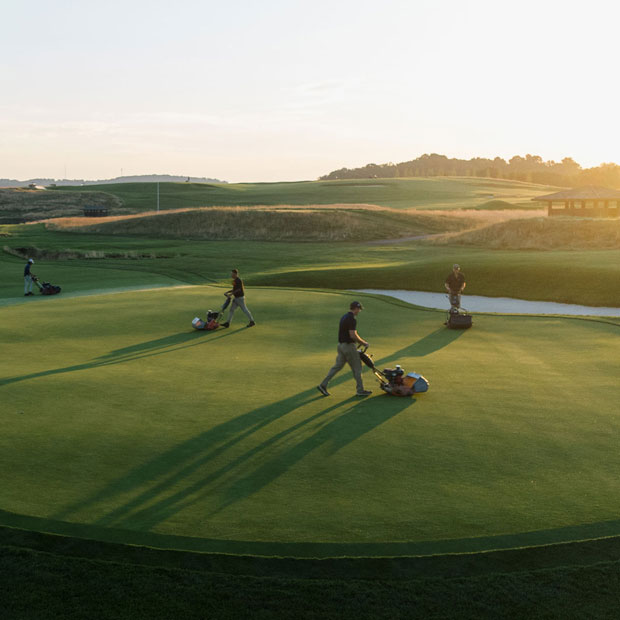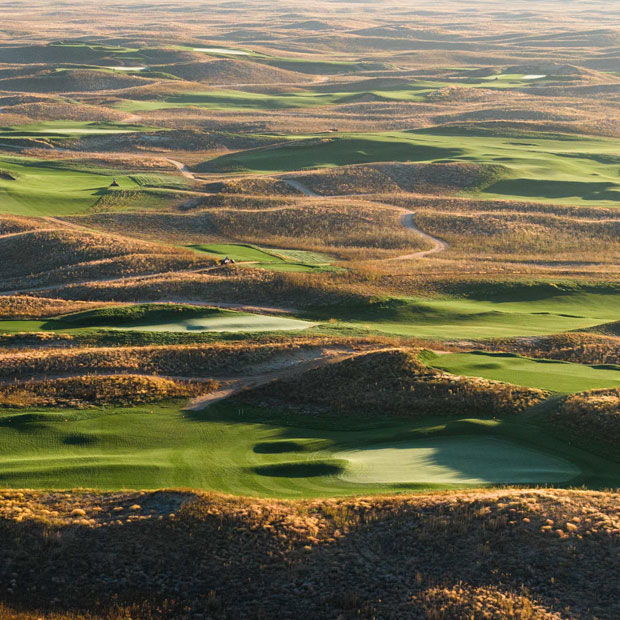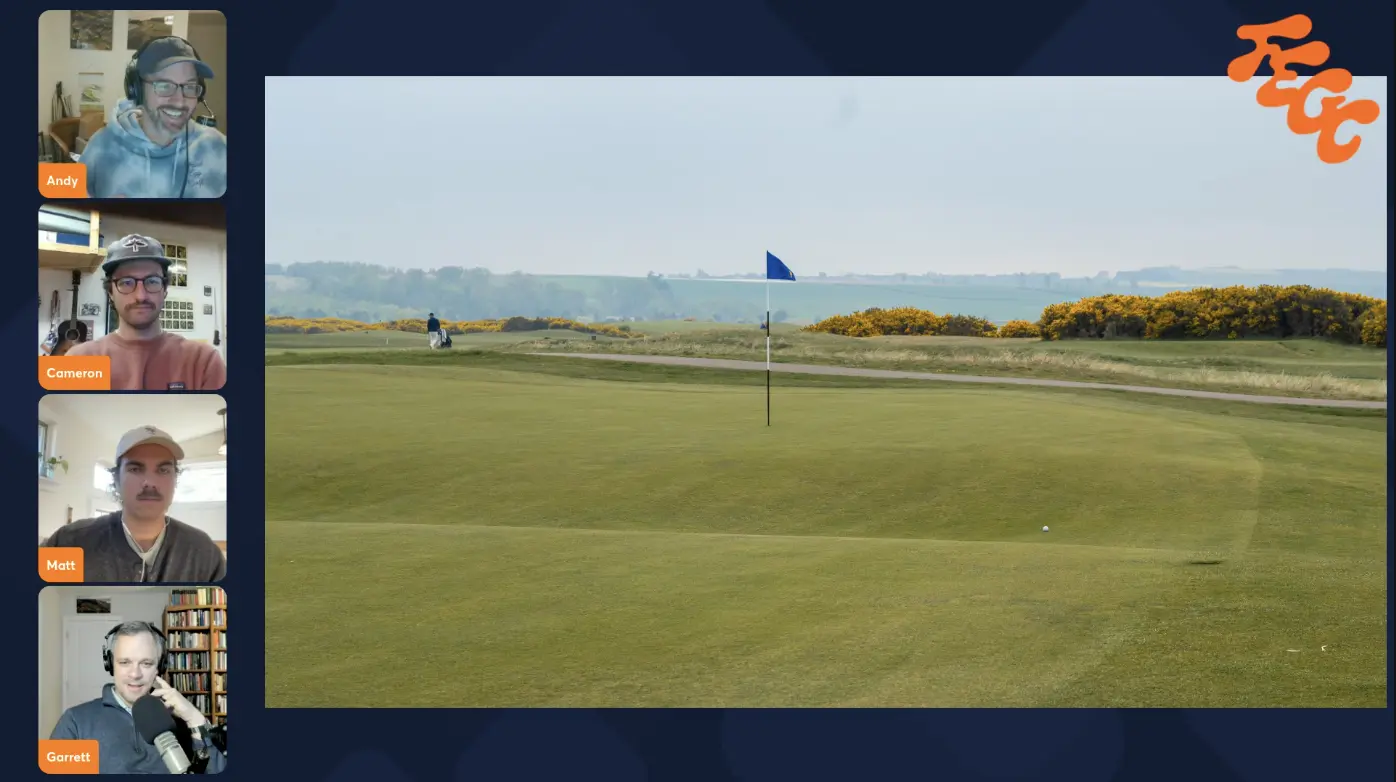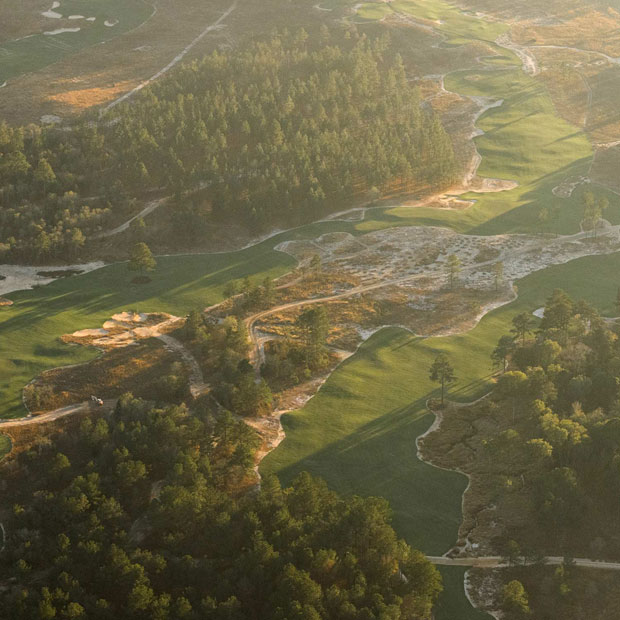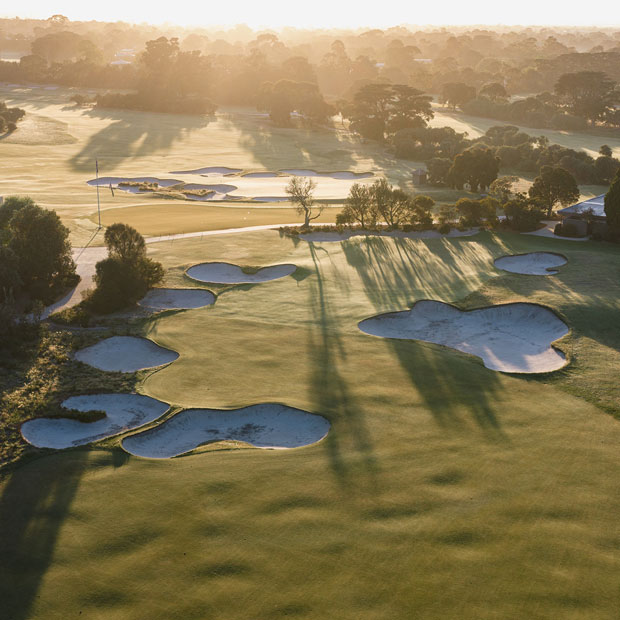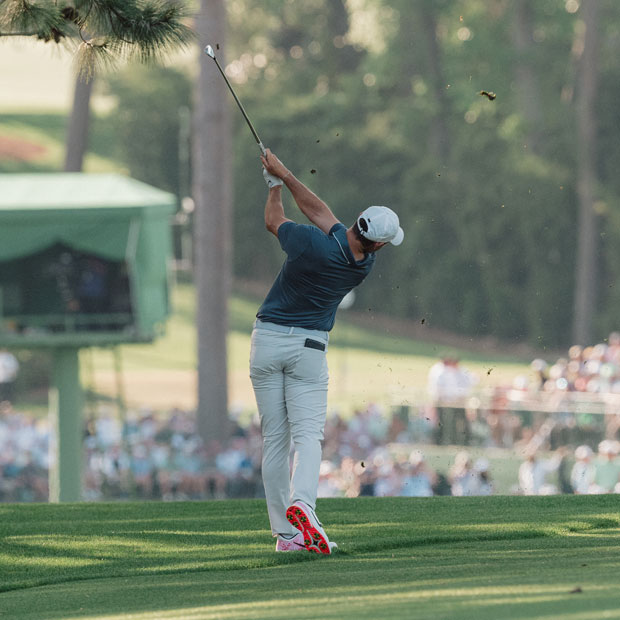articles
Eggstracurriculars
The Carton
2025 Fried Egg Golf Awards
10 min read
December 19, 2025
Courses
Architecture
Defining Golf Courses of the Past 15 Years
5 min read
December 18, 2025
Courses
The Carton
Investing in Golf Behind the Scenes
5 min read
December 17, 2025
Courses
Design Notebook
Design Notebook: Five Biggest Golf Architecture Storylines of 2025
10 min read
December 16, 2025
Eggstracurriculars
The Carton
December Virtual Hangout - Courses that Left an Impact On Us in 2025
1 hour watch
December 15, 2025
Courses
The Carton
What’s at Stake: Trump, the National Links Trust, and D.C. Golf
5 min read
December 15, 2025
Courses
Architecture
First Reaction: Wild Spring Dunes
3 min read
December 15, 2025
Competitive Golf
Professional Golf
Alternate Shot: Revisiting the 2018 U.S. Open at Shinnecock Hills
5 min read
December 12, 2025
Courses
Design Notebook
Chocolate Drops: Gil Hanse Reveals His First TGL Hole Design
5 min read
December 9, 2025
Eggstracurriculars
The Carton
Ten Years of Fried Egg Golf
5 min read
December 9, 2025
Competitive Golf
Professional Golf
Inspired Architecture Elevates Competition
5 min read
December 8, 2025
Competitive Golf
Professional Golf
On Rory McIlroy and the Art of Being Wrong
5 min read
December 5, 2025
Competitive Golf
Professional Golf
The Greater Importance of Rory McIlroy's Least-Impactful Win
5 min read
December 4, 2025
Competitive Golf
The Carton
The State of Australian Golf with Mike Clayton
10 min read
December 3, 2025
Competitive Golf
Professional Golf
Year of Rory: Favorite Moments from 2025
5 min read
December 3, 2025
Competitive Golf
Professional Golf
‘This is it’: Revisiting Rory McIlroy’s Career-Defining Shots at the 2025 Masters
5 min read
December 2, 2025
No results found.
Podcasts
The insights and entertainment you didn't know you needed from the world of golf

The Shotgun Start

The Fried Egg Golf Podcast

Designing Golf

The Mixed Bag

Get a Grip with Shane Bacon

Latest Episodes
Podcast
The Fried Egg Golf Podcast
With
.jpg)
Latest Episodes

Latest Episodes
Podcast
With

Latest Episodes

Latest Episodes
Fried Egg Golf Club
Get full access to exclusive benefits from Fried Egg Golf
- Member-only content
- Community discussions forums
- Member-only experiences and early access to events


